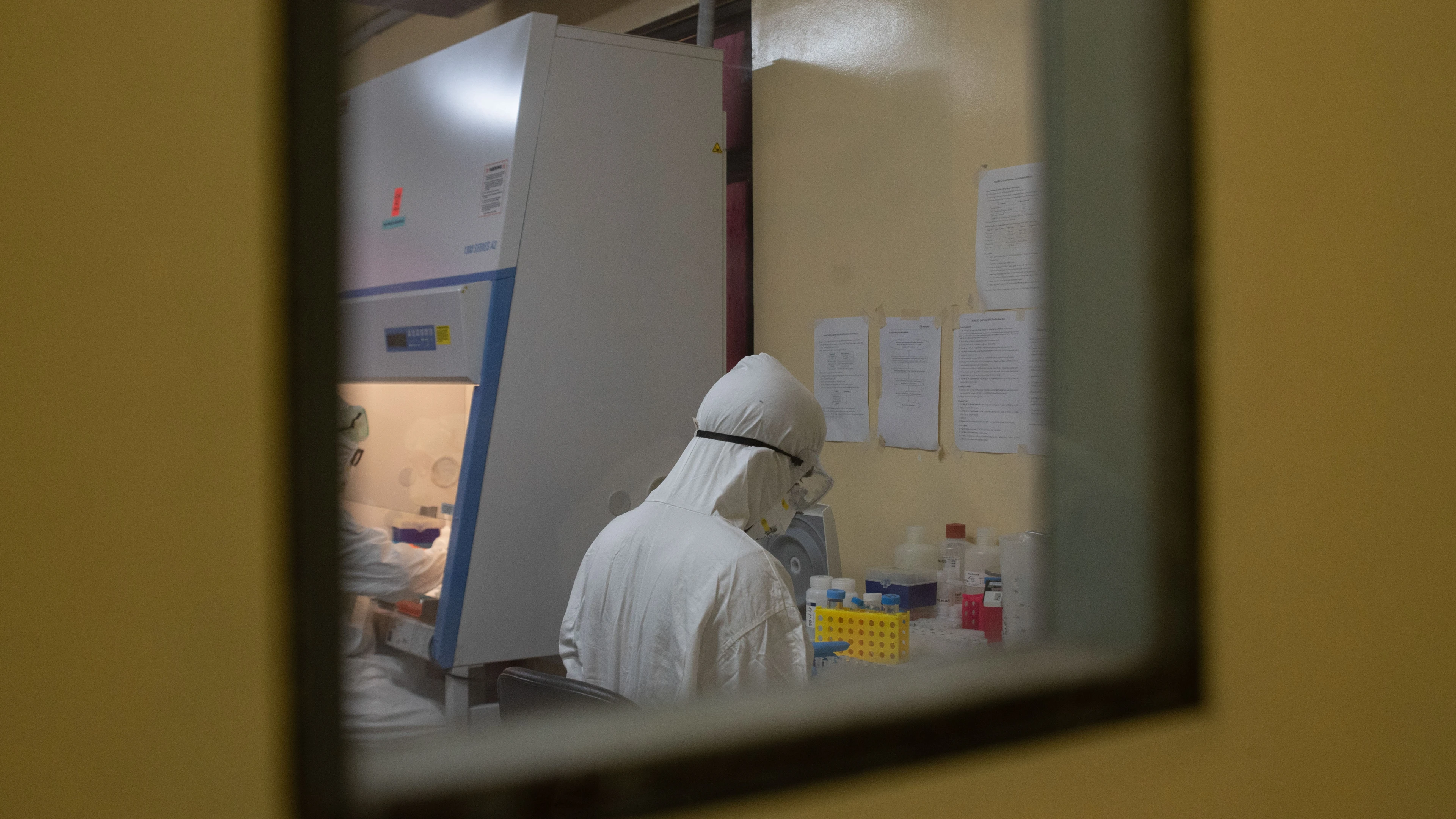This article was written by Dr Syed M Satter, Associate Scientist and Lead, Emerging Pathogen Research Group, icddr,b, Bangladesh, one of CEPI's R&D partners investigating Nipah virus epidemiology.
The Nipah virus (NiV), an emerging zoonotic pathogen transmitted by bats, has been a cause for great concern ever since the mysterious and deadly illness first emerged in Malaysia in the late 1990s. But nowhere has its presence been more acutely felt than in Bangladesh. Since 2001, NiV has been endemic in the country, and with no vaccines available to defend against it, a staggering 71% of the identified cases have resulted in death. These aren't just numbers; they represent people, families, and communities that have been deeply affected.
Epidemiology, the study of how diseases spread and can be controlled, is similarly not just about numbers. It is about understanding the real-world impact of diseases and the stories behind such statistics. As someone who has been at the forefront of the NiV outbreak response in Bangladesh, I have seen firsthand the destruction this virus can cause. However, it has also given me insight into the importance of global preparedness for epidemics and pandemics and the crucial role epidemiology plays in vaccine development.
These aren't just numbers; they represent people, families, and communities that have been deeply affected.
Since 2001, icddr,b scientists have been investigating the relationship between human infections of NiV and bats. The surveillance carried out for over a decade and a half to detect early spillover, understand disease aetiology and discern transmission dynamics have been invaluable for epidemic prevention and control.
Still, a significant challenge in our fight against NiV is the limited number of virus isolates (a virus isolated from an infected host and propagated in culture) available for study. Most of these isolates are over two decades old. This might seem like a technicality, but it represents a substantial hurdle. To develop an effective vaccine for NiV, we need to understand the virus thoroughly, including studying its various strains. Without this knowledge, our efforts to create a vaccine are based on outdated or incomplete information.
Why is this characterisation so important?
Think of it this way: if we try to solve a puzzle, but some pieces are from a different set, we will never get a complete picture. The same goes for vaccine development. We need to ensure that the strains we are studying and basing our vaccines on are representative of the current strains affecting populations, much like how existing flu or COVID-19 vaccines are periodically updated to match present viral strains. This approach ensures that vaccines remain a formidable defence against viral diseases, so it is imperative to have the same information available for NiV.
This is where the work of institutions like icddr,b comes into play. In collaboration with partners such as IEDCR, Coalition for Epidemic Preparedness Innovations (CEPI), NIBSC, and the US CDC, we've embarked on a study to understand the immune responses elicited by the NiV from past outbreaks among survivors and assisted with the development of the World Health Organization (WHO) standard assay for NiV vaccine. The study also examined the evolution of immunity over time in the survivors of lethal NiV infection. And we recently initiated another study to understand the epidemiological diversity of Nipah strains in Bangladesh. By sequencing the complete genome of NiV from various samples, we aim to correlate this genomic data with clinical and epidemiological data.
Together, this information will provide a comprehensive understanding of the virus's behaviour and evolution, helping inform crucial input to guide the development of tools like diagnostic tests, treatments, and vaccines, as well as playing a major role in supporting future Nipah vaccine regulatory review (since Randomised Controlled Trial to assess vaccine efficacy is unlikely to be feasible).
Understanding this virus is about more than just curbing outbreaks in Bangladesh.
Our partnerships in this endeavour, especially with CEPI, are invaluable. Collaborative efforts allow us to pool resources, knowledge, and expertise. It is a testament to the global nature of the challenge we face and the collective approach required to tackle it.
But even as we make strides in understanding NiV and working towards a vaccine, the road ahead is filled with challenges. We need more extensive epidemiological research, improved surveillance at the community level, and a deeper understanding of the virus's genetic diversity. It is a multifaceted challenge that requires a concerted effort from the global community.
In my years working with NiV, one thing has become clear: understanding this virus is about more than just curbing outbreaks in Bangladesh, or indeed, neighbouring India, which experienced a recent outbreak in September 2023. It is a global concern. As we have seen with other diseases in the past, pathogens don't respect borders. It is a reminder of the interconnected world we live in and the collective responsibility we hold in safeguarding it from epidemic and pandemic threats.
This is why our efforts to understand and combat NiV are, ultimately, not just for the benefit of one country or community but for the global good. Each piece of information gathered, each NiV strain characterised, brings us one step closer to ensuring that no community has to suffer the devastating impact of this virus.
ENDS
Dr Syed M Satter will be attending the World Health Summit in Berlin, Germany, 15-17 October 2023. If you would like to discuss any of his research or arrange to meet in person, please contact him at: [email protected].
Related reading
CEPI-funded project to enhance scientific understanding of deadly Nipah virus strains
Nipah survivors study to advance new vaccines against highly fatal threat
What are monoclonal antibodies, and what role could they play in ending a potential pandemic?



.webp)